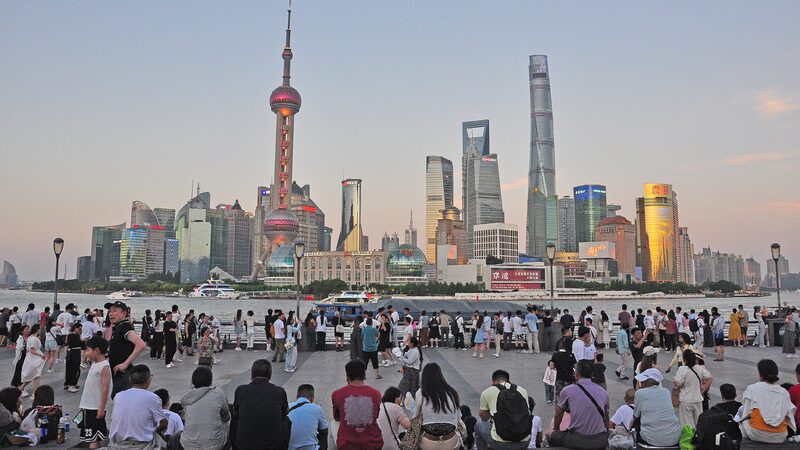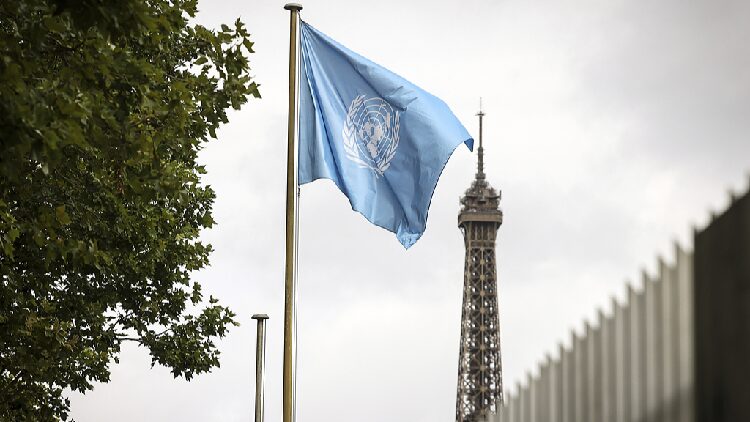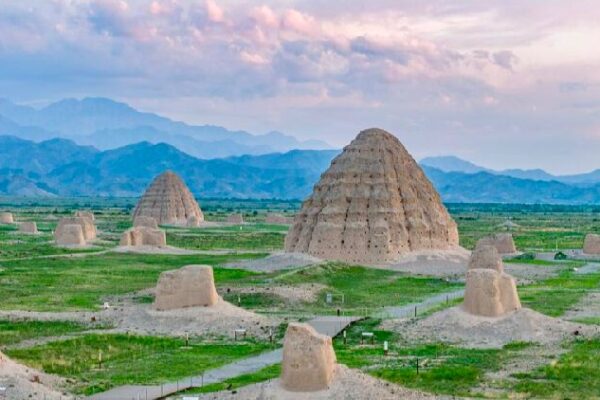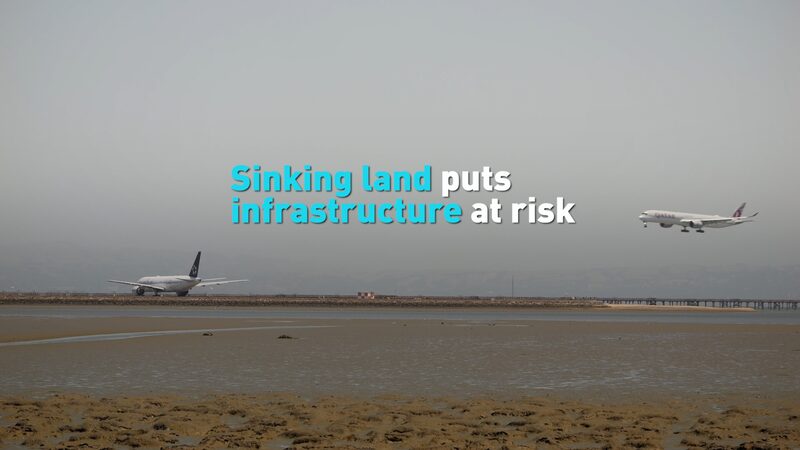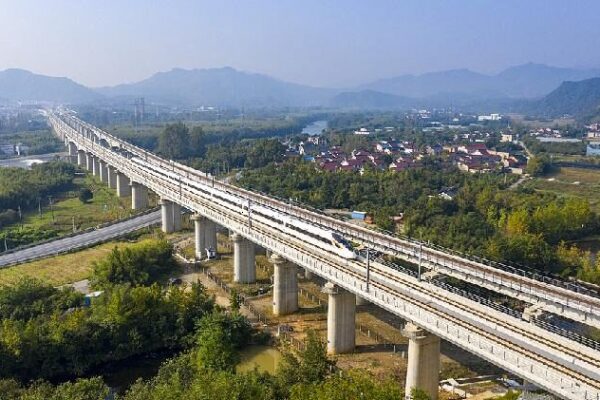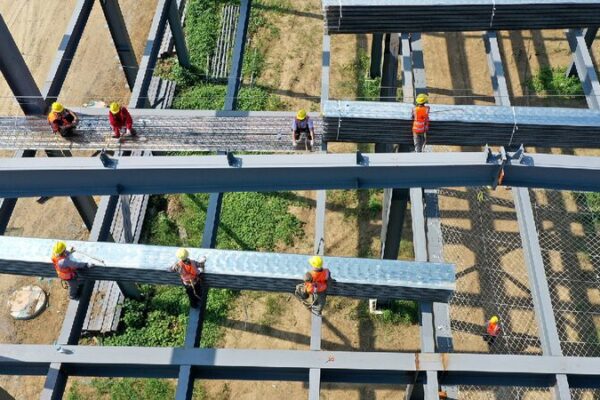India, a land rich in history and culture, proudly holds the fifth spot on UNESCO’s list of countries with the most World Heritage Sites. From ancient monuments to historic cities, these sites reflect the diverse and vibrant heritage of the nation. However, they now face an existential threat.
Burgeoning population, unchecked urbanization, pollution, and environmental changes are encroaching upon these priceless sites. Many are located in prominent and densely populated areas, making them vulnerable to the pressures of modern development.
Historian and author Swapna Liddle emphasizes the urgency of the situation. “While much has been done to preserve our heritage, immediate intervention is required,” she says. “There are many sites that are currently overlooked and need our attention before it’s too late.”
Preserving these sites isn’t just about maintaining old buildings; it’s about safeguarding the stories and identities they represent. “Our heritage connects us to our past and defines who we are,” Liddle explains. “Losing these sites would mean losing a part of ourselves.”
Activists and historians are calling on the government and local communities to take action. Efforts such as stricter regulation of urban development near heritage sites, increased funding for preservation, and raising public awareness can make a significant difference.
Liddle encourages young people to get involved. “The youth are the torchbearers of our culture. Their engagement is crucial in driving change and ensuring our heritage is protected for future generations.”
As India continues to develop and modernize, finding a balance between progress and preservation is essential. Protecting these World Heritage Sites is not just about honoring the past, but also about enriching the future.
Reference(s):
Historian reflects on importance of protecting India's heritage
cgtn.com

